
CEBRA
Overview of CEBRA
What is CEBRA?
CEBRA, short for Consistent EmBeddings for high-dimensional Recordings using Auxiliary variables, is a cutting-edge machine-learning tool designed specifically for neuroscience researchers. Developed by the Mathis Lab at EPFL, this self-supervised learning algorithm excels at compressing complex time-series data—particularly from simultaneous neural and behavioral recordings—into interpretable latent embeddings. Unlike traditional linear methods, CEBRA leverages non-linear techniques to jointly model behavioral actions and neural activity, uncovering hidden structures that reveal how the brain encodes adaptive behaviors. Whether you're probing neural representations in sensory processing or motor control, CEBRA provides a flexible framework that works in both hypothesis-driven and discovery-driven modes, making it invaluable for advancing our understanding of brain dynamics.
Published in Nature in 2023, CEBRA has quickly gained traction in computational neuroscience and machine learning communities. Its open-source implementation on GitHub allows researchers worldwide to access, modify, and build upon this tool, fostering collaborative innovation in neural decoding and behavioral analysis.
How Does CEBRA Work?
At its core, CEBRA operates through a contrastive learning paradigm that aligns neural data with behavioral auxiliaries to produce low-dimensional embeddings. The process begins with high-dimensional inputs, such as calcium imaging from 2-photon microscopy or electrophysiological recordings from Neuropixels probes. These datasets often include behavioral variables like animal position, movement trajectories, or even visual stimuli.
CEBRA's algorithm uses a supervised or self-supervised approach: In supervised mode, it incorporates explicit labels (e.g., spatial coordinates) to train embeddings that maximize behavioral consistency. For self-supervised discovery, it relies on temporal or structural contrasts within the data itself, ensuring robustness without needing ground-truth labels. The key innovation lies in its consistency metric, which enforces temporal invariance across sessions and modalities, resulting in embeddings that are not only high-performing but also biologically meaningful.
For instance, when applied to rat hippocampus data from Grosmark and Buzsáki (2016), CEBRA maps neural activity to a 3D embedding space where the animal's position and direction are accurately decoded, achieving a median absolute error of just 5 cm on a 160 cm track. This demonstrates how CEBRA disentangles neural variability to highlight behaviorally relevant features, even in noisy, high-dimensional recordings.
Technically, the method draws from advancements in representation learning, incorporating regularized contrastive objectives to avoid overfitting. An extension, detailed in a 2025 AISTATS paper, introduces time-series attribution maps, allowing users to visualize which neural features contribute most to behavioral predictions. This makes CEBRA not just a compressor but a diagnostic tool for interpreting neural codes.
How to Use CEBRA?
Getting started with CEBRA is straightforward, thanks to its user-friendly documentation and demos. The official GitHub repository provides Python code compatible with popular libraries like PyTorch and NumPy. Here's a step-by-step guide:
Installation: Clone the repository and install dependencies via pip. Ensure you have access to neural data formats like NWB or MATLAB files.
Data Preparation: Load your joint neural-behavioral datasets. CEBRA supports single-session or multi-session inputs, handling calcium imaging, electrophysiology, or even combined modalities.
Training the Model: Use the provided API to initialize CEBRA with parameters like embedding dimension (e.g., 8-64), time scale, and auxiliary variables. For behavioral alignment, specify labels; for label-free mode, opt for self-supervised training.
Embedding and Decoding: Run the embedding process to generate latent spaces. Then, apply simple decoders like k-nearest neighbors (kNN) to predict behaviors—such as reconstructing viewed videos from mouse visual cortex activity or decoding primate motor trajectories.
Interactive demos, like the Colaboratory notebook for rat hippocampus visualization, let users explore 3D embeddings in real-time. For advanced users, the code supports custom extensions, such as integrating DINO features for video decoding from Allen Institute datasets (de Vries et al., 2020; Siegle et al., 2021).
Note that while academic use is free, non-academic applications may require contacting EPFL's Tech Transfer Office due to a pending patent on the dimensionality reduction technique.
Why Choose CEBRA?
In a field flooded with dimensionality reduction tools like PCA or UMAP, CEBRA stands out for its explicit focus on joint neural-behavioral modeling. Traditional methods often fail to capture non-linear dynamics or maintain consistency across sessions, leading to fragmented insights. CEBRA addresses this by producing embeddings that preserve temporal structure and behavioral relevance, enabling downstream tasks like high-accuracy decoding (e.g., 90%+ for natural movie reconstruction from visual cortex).
Its versatility spans species—from mice and rats to primates—and tasks, including spatial navigation, sensory processing, and complex kinematics. Researchers have used it to uncover how motor cortex encodes reaching movements (DeWolf et al., 2024) or to align 2-photon and Neuropixels data for cross-modality analysis. The tool's label-free capability is particularly useful for exploratory studies, where hypotheses are still forming.
Moreover, CEBRA's impact is evident in its citations across top venues like Nature Neuroscience, ICML, NeurIPS, and ICLR. By facilitating interpretable neural representations, it bridges the gap between raw data explosion—from advancing recording technologies—and the need for scalable analysis, ultimately accelerating discoveries in brain-computer interfaces and computational neuroscience.
Who is CEBRA For?
CEBRA is ideal for neuroscientists, machine learning practitioners, and computational biologists dealing with large-scale neural datasets. It's particularly suited for those studying adaptive behaviors, where linking neural activity to actions is key—think labs investigating locomotion, vision, or decision-making. Graduate students and postdocs will appreciate the accessible demos for quick prototyping, while senior researchers can leverage its extensions for publication-quality analyses.
If you're working on brain-machine interfaces, decoding neural signals for prosthetics, or even AI-inspired models of cognition, CEBRA offers a robust, open-source solution. Its emphasis on consistency makes it a go-to for multi-session experiments, ensuring reproducible results across labs.
Best Ways to Maximize CEBRA's Value
To get the most out of CEBRA, combine it with complementary tools: Use it alongside spike sorting software for electrophysiology or behavioral tracking systems like DeepLabCut. For visualization, integrate with libraries like Plotly for interactive 3D plots of embeddings.
Common challenges, such as handling imbalanced datasets, can be mitigated by tuning the contrastive loss parameters—detailed in the documentation. User feedback from the GitHub community highlights its efficiency on standard hardware, processing gigabytes of data in hours rather than days.
In summary, CEBRA isn't just another algorithm; it's a transformative tool that democratizes advanced neural analysis. By revealing the latent language of the brain through behavioral lenses, it empowers researchers to decode the neural basis of behavior with unprecedented clarity and precision. For the latest updates, follow the project on Twitter or star the repository—your next breakthrough in neuroscience might be just an embedding away.
Best Alternative Tools to "CEBRA"
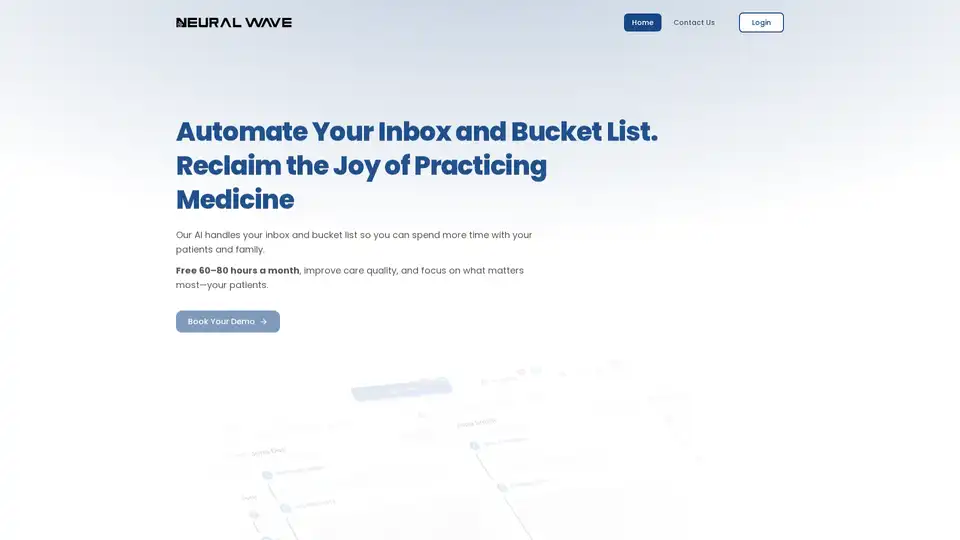
Neural Wave is an AI-powered solution for healthcare providers, automating non-billable tasks to save time, improve accuracy, and enhance patient care. It integrates with EHR systems and adapts to clinical workflows.

Deep Art Effects transforms your photos and videos into works of neural art using artistic style transfer of famous artists.
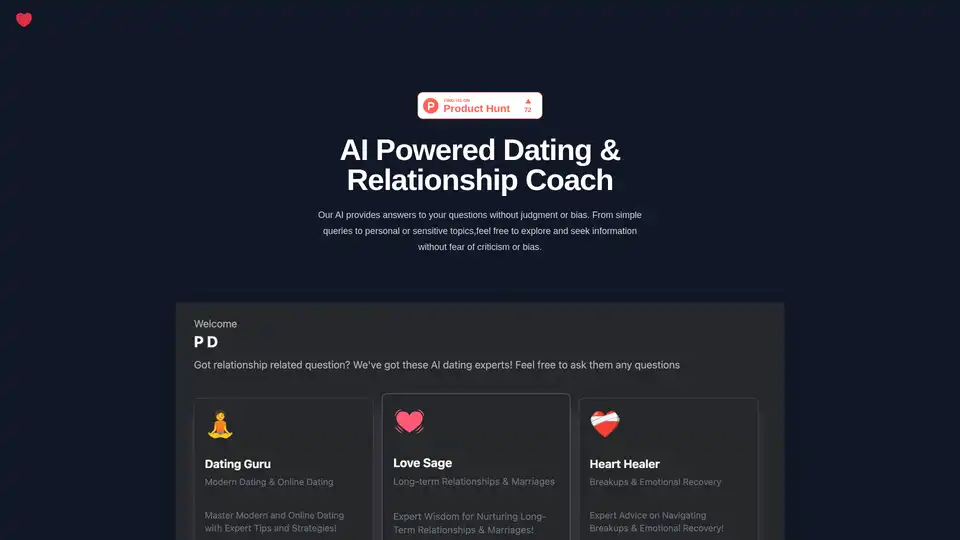
LoveAdvisor AI is an empathetic, 24/7 dating and relationship coach that offers unbiased advice on personal and sensitive topics. Explore queries without judgment, gaining practical strategies for better connections.

Discover djay, the #1 AI-powered DJ app for iOS, Android, Mac, and Windows. Mix over 100 million songs with Apple Music integration, Neural Mix for stem separation, and Automix for seamless transitions.
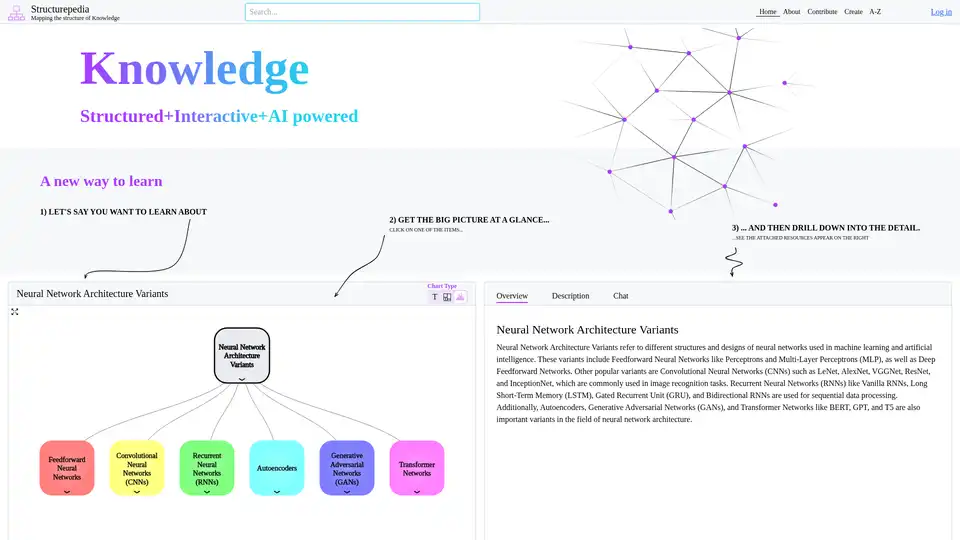
Discover Structurepedia, an AI-powered platform for visual web search and interactive knowledge trees. Explore complex topics like neural networks with structured diagrams and resources for free, enhancing learning efficiency.

Neural Newsletters is a powerful engine that helps you create and publish engaging newsletters tailored to your audience's preferences and interests within minutes.
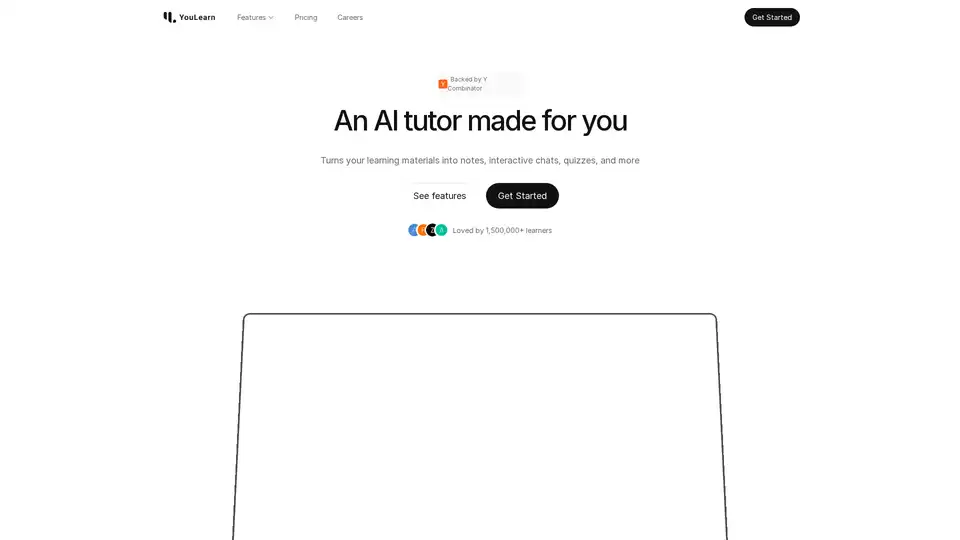
YouLearn AI is your personalized AI tutor that transforms PDFs, YouTube videos, and lectures into notes, chats, quizzes, and more. Save time and learn smarter with interactive tools backed by Y Combinator.
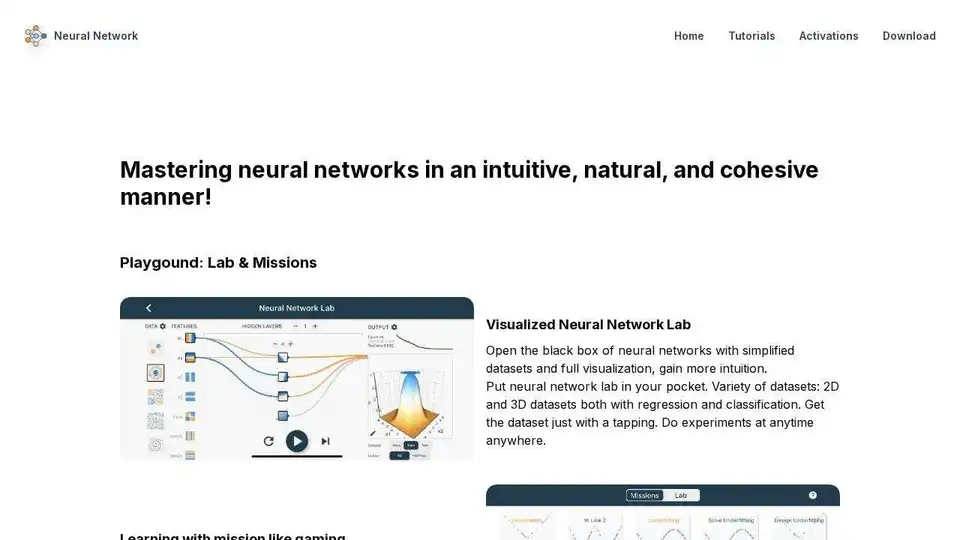
Master neural networks and deep learning with intuitive, interactive tutorials and a visualized neural network lab. Learn through gaming-like missions and explore classic models.
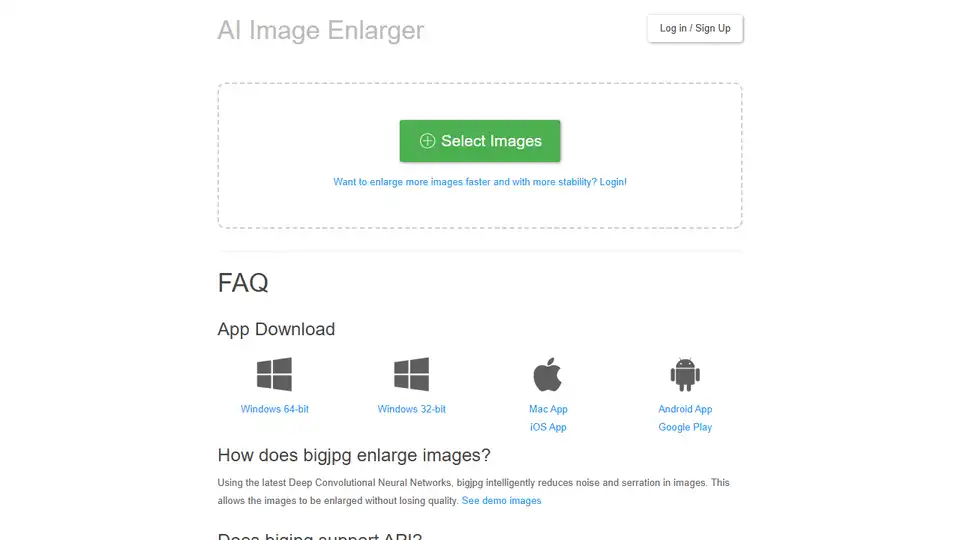
Bigjpg utilizes AI deep convolutional neural networks for lossless image enlargement and upscaling. Enlarge anime-style artworks and photos without quality loss. Try Bigjpg for free!
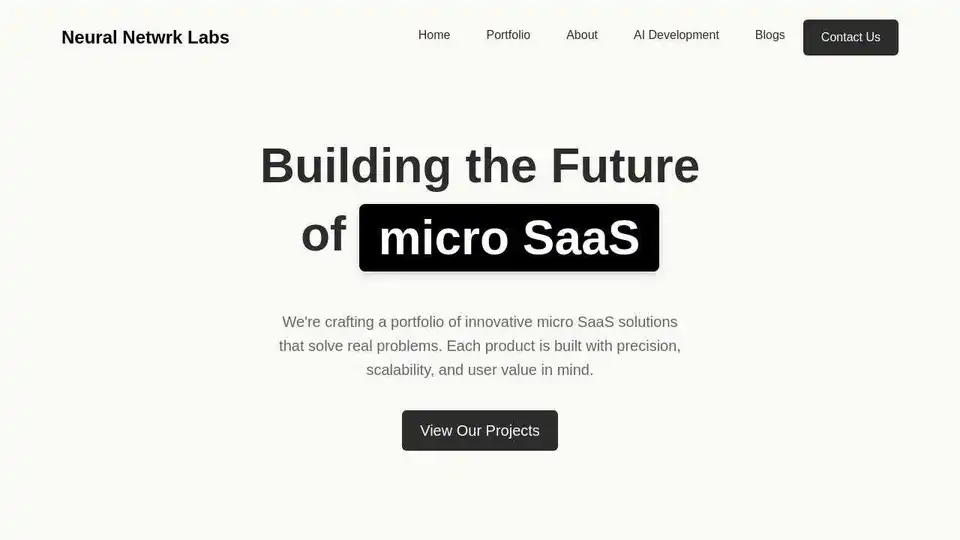
Neural Netwrk is a holding company investing in innovative AI and technology companies, including Jobstronauts AI, Meld LLM, and more. Explore the future of AI-powered solutions.
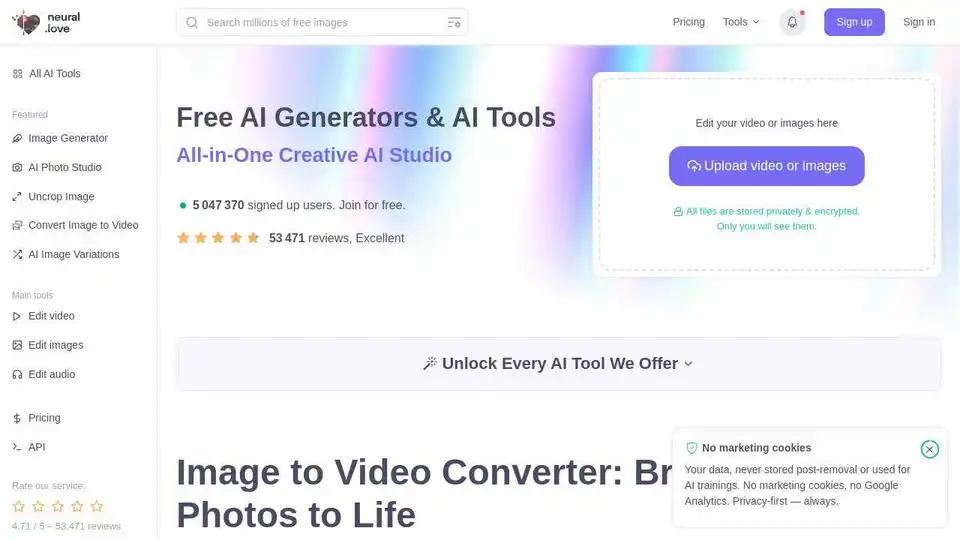
neural.love provides free AI image and video enhancement and generation tools. Enhance image & video quality, convert image to video, and generate AI art easily.

Maqnet AI is a neural content engine using language models, visual generation, and idea synthesis to create high-converting ad copy, instantly removing the need for creative briefs.
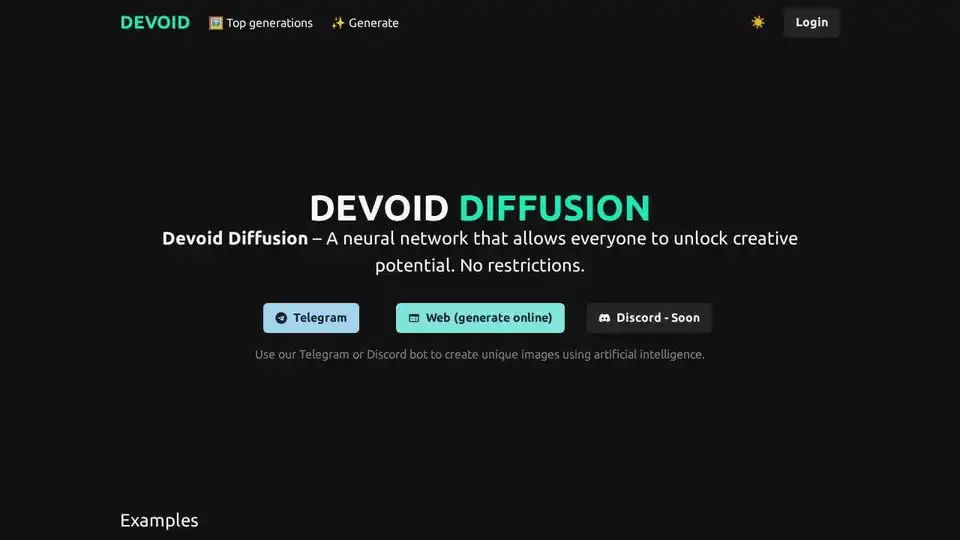
Devoid Diffusion is an AI neural network for unlimited image generation via Telegram or Discord bot. Mix styles, create uncensored art.

Neural Wave uses AI to automate non-billable tasks for healthcare providers, freeing up 60-80 hours per month. Focus on patient care with intelligent automation.
